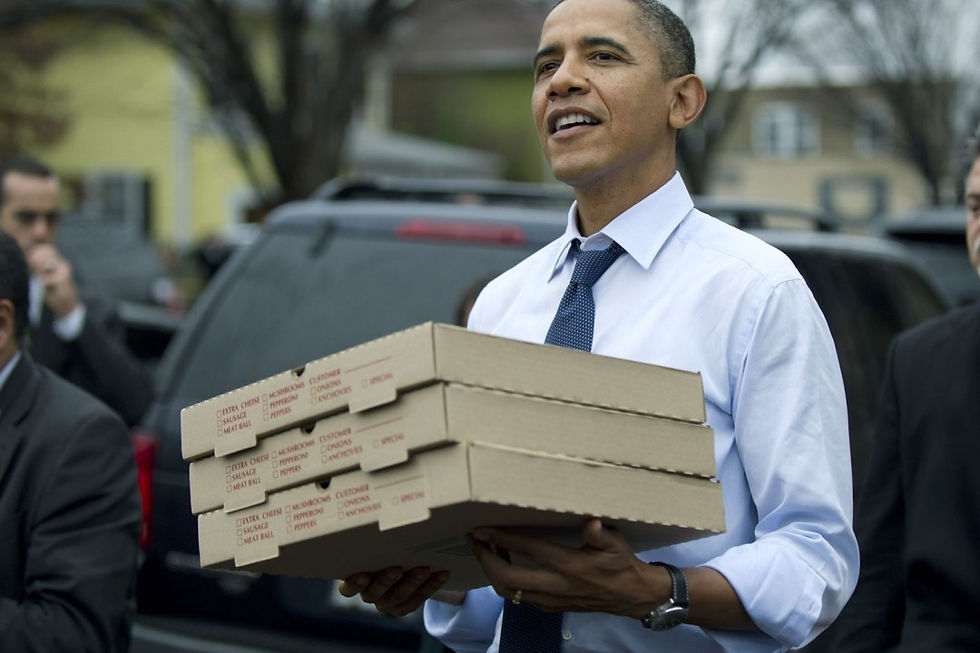The end of the Rajapaksa era in Sri Lanka
- Pablo Díaz Gayoso

- Mar 3
- 3 min read
Updated: Mar 24
The Rajapaksa family has been part of Sri Lanka's public and political life since even before the island's independence in 1948. Four generations of the Rajapaksa clan have held political decision-making positions at all levels of the country's organization, from the local and regional to the state level, as well as positions in the upper strata of the judiciary. In total, more than 50 direct and a few dozen indirect relatives have colonized the young Southeast Asian republic.
However, this clan, which reached the highest level of power in the country in the period 2005 to 2022, has fallen from grace. First was President Mahinda Rajapaksa, who held office from 2005 to 2015, after failing in his attempt to remove the constitutional two-term limitation. Later, in 2019, the presidency of the country was 'inherited' by Gotabaya Rajapaksa, brother of the former, whom he elected as prime minister. This last government came to include 7 members of the family in ministerial positions, in positions of great relevance such as Defense, Finance, Religion, Youth or Irrigation and Water Resources Management, in addition to the aforementioned Head of State and Government.

Gotabaya's government brought the country to the brink of collapse as a result of COVID-19 management that resulted in a major economic crisis. Among the first measures it took when it came to power in 2019 was the massive lowering of taxes, putting the country's fiscal sustainability at risk. Then, to counteract the drop in revenues, the Central Bank opted to print money despite warnings against it from the International Monetary Fund (IMF). As a result, the rupee was devalued to half its value between March and April 2022 against the US dollar. On the other hand, since the Rajapaksa's arrival to power on the island in 2005 until their departure in 2022, the foreign debt has increased by more than 560%, to more than 53 billion dollars.
Coupled with the currency and debt crisis is; first the security crisis stemming from the jihadist attacks in 2019 where 270 people were killed, mostly tourists, which greatly affected the tourism sector; the drop in agricultural production following the ban on the use of pesticides which reached a 20% decline in rice production; the third crisis faced by the country was the rampant government corruption and impunity which has been increasing over the decades since records have been kept; Finally it is worth mentioning that the outbreak of the war in Ukraine greatly affected the Sri Lankan economy as trade and tourism from both countries with the island declined.

The sum of the six severe crises triggered the worst crisis in the country's history. Food, energy and basic resources were rationed. Both schools and hospitals had to close due to lack of material resources. In an attempt to calm the protests, Prime Minister Mahinda Rajapaksa resigned from office in July. As the Gotabaya government was beginning to discuss bailout conditions with the IMF in June 2022, protests broke out across the country, resulting in the resignation and flight of President Gotabaya in July of the same year. An interim government was elected by parliamentary vote and took office on July 20, 2022, and lasted until the election convocation scheduled for 2024.
In September 2024, the first elections were held since Gotabaya's election in 2019, and the result was an almost total change of the traditional party system. The winner was Anura Kumara, from the coalition of 21 left-wing political parties called National People's Power, with a democratic socialist slant, led by the Communist Party. This coalition went from representing only 3% of the vote in 2019 to 61.56% in 2024, winning a supermajority. The opposition party to the Rajapaksa government, the social democratic United People's Power, revalidated its position as second, but went from 24% of the vote to 17% in 2024. Finally, the Rajapaksa party contested both the presidential and parliamentary elections with Mahinda Rajapaksa's son as candidate, but obtained around 3% in both elections. This defeat has certified the political end of the Rajapaksa era.











コメント